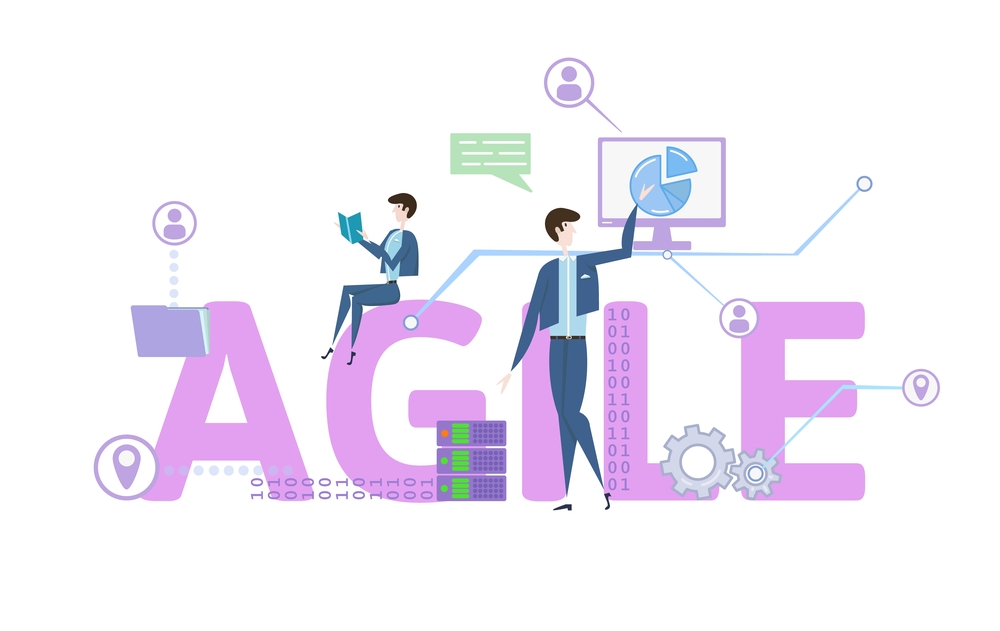Learn about Agile Learning
Agile Learning is a flexible and adaptive approach to learning that is designed to help individuals and organizations quickly adapt to changing needs and circumstances. By incorporating elements of Agile methodology into learning processes, we can improve our ability to learn new skills, adapt to changing circumstances, and stay competitive in an ever-changing environment.

What is Agile Learning and Why is It Important?
Agile Learning is an iterative and incremental approach to learning that emphasizes flexibility, collaboration, and adaptability. The Agile Learning process involves breaking down learning goals into smaller, more manageable tasks, testing and iterating on those tasks, and continuously adapting to feedback and changing circumstances.
By being able to quickly adapt to changing circumstances, individuals and organizations can more effectively learn new skills, improve their performance, and achieve their goals.
How Does Agile Learning Work?
Agile Learning works by breaking down learning goals into smaller, more manageable tasks, and then testing and iterating on those tasks. By working in short sprints, individuals and organizations can quickly adapt, adjust their goals, and make course corrections as needed.
Agile Learning vs. Traditional Learning
Agile Learning differs from traditional learning approaches in several key ways. Traditional learning approaches tend to be more linear and inflexible, with a fixed curriculum and a set schedule. Agile Learning, on the other hand, is iterative and adaptive, with a focus on flexibility and collaboration.
Examples of Agile Learning in Practice
Some examples of Agile Learning in practice include:
- Using sprints to break down learning goals into smaller, more manageable tasks
- Working in cross-functional teams to promote collaboration and knowledge sharing
- Emphasizing continuous feedback and iteration to improve learning outcomes
- Encouraging experimentation and risk-taking to promote innovation and creativity
- Providing just-in-time learning resources to support on-the-job learning
Benefits of Agile Learning
Some benefits of Agile Learning include:
- Improved adaptability and flexibility
- Faster learning and skill development
- Improved collaboration and teamwork
- Enhanced creativity and innovation
- Increased motivation and engagement
Getting Started with Agile Learning
To get started with Agile Learning, individuals and organizations can:
- Identify learning goals and break them down into smaller, more manageable tasks
- Establish cross-functional teams to promote collaboration and knowledge sharing
- Emphasize continuous feedback and iteration to improve learning outcomes
- Encourage experimentation and risk-taking to promote innovation and creativity
- Provide just-in-time learning resources to support on-the-job learning
By incorporating Agile methodology into learning, you can improve your ability to learn new skills and stay ahead of the competition. Agile is just one method of learning and can be useful for both organizations and individuals alike.
Want even more resources for learning? Check out our roundup post with top books for learning how to learn, then contact us if you need an agile culture training or innovation workshop.
